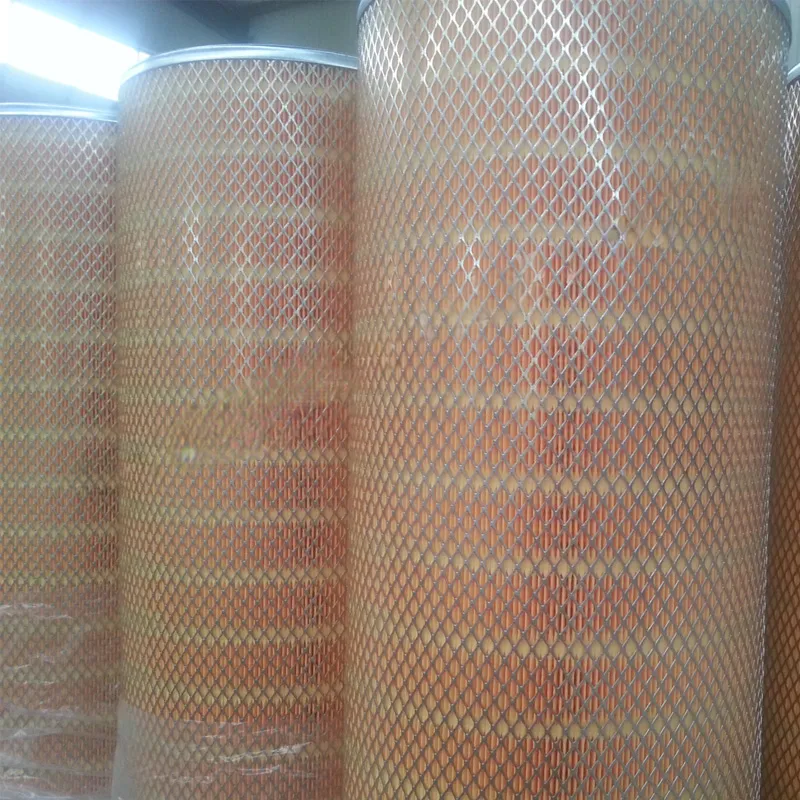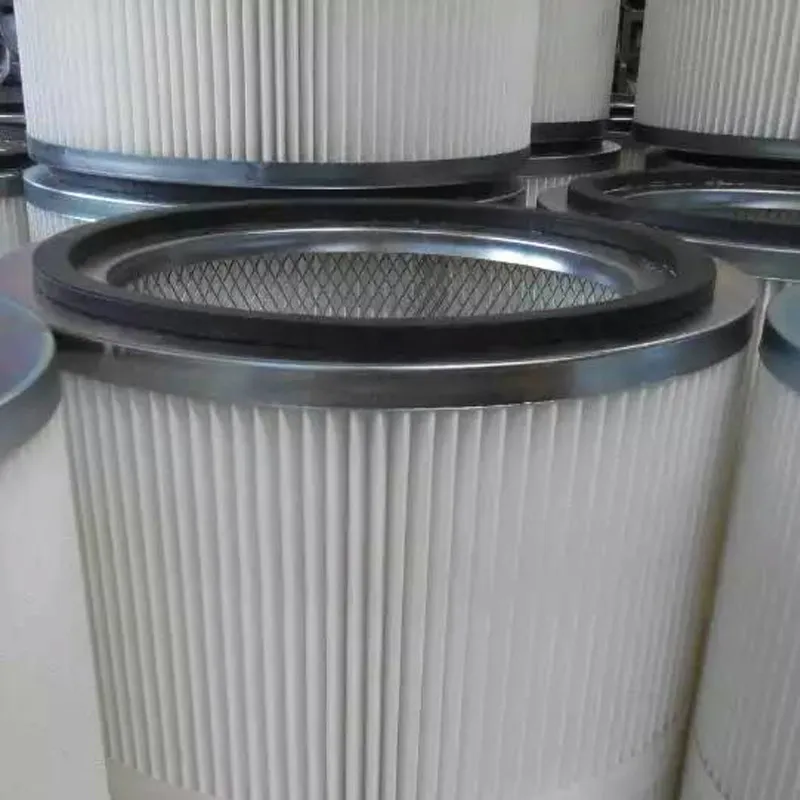 Tel:
+8618931101301
Tel:
+8618931101301
8 月 . 13, 2024 15:06 Back to list
Understanding the Importance of Antistatic Filter Elements in Industrial Applications and Air Quality Control
Understanding Antistatic Filter Elements Their Importance and Applications
In today's industrial landscape, maintaining a clean and safe working environment is paramount. One significant aspect of achieving this goal involves the use of antistatic filter elements. These specialized filters are designed not only to remove contaminants from air or fluids but also to manage static electricity, which can pose serious risks in various industries. This article delves into the construction, function, and applications of antistatic filter elements, highlighting their critical role in ensuring safety and efficiency.
What are Antistatic Filter Elements?
Antistatic filter elements are filtration devices that incorporate materials engineered to dissipate static electricity. This is particularly important in environments where dust, fumes, or other particulates need to be filtered out, while also managing the potential for static discharge. Static electricity can accumulate due to friction and other activities, leading to sparks that may ignite flammable materials or damage sensitive electronic components. Antistatic filters are often made from non-woven fabrics or composite materials that possess conductive properties, allowing them to safely discharge static charges while maintaining optimal filtration efficiency.
How do Antistatic Filter Elements Work?
The operational principle of antistatic filter elements revolves around their ability to neutralize static charges. When air or liquid flows through the filter, particulates are captured by the dense filter media. Simultaneously, the conductive fibers within the element provide a pathway for static electricity to be safely diverted away from the filter and into the ground. This dual action not only ensures cleaner air or fluid but also mitigates the risks associated with static discharge.
Moreover, these filter elements are tailored for specific uses, depending on the nature of the application. For instance, in clean rooms required for semiconductor manufacturing, antistatic filters not only keep the environment contaminant-free but also protect delicate electronic components from static-induced damage. Likewise, in the food and pharmaceutical industries, where contamination control is vital, antistatic filters ensure compliance with hygiene regulations while preventing static-related mishaps.
antistatic filter element

Applications of Antistatic Filter Elements
Antistatic filter elements find application in a variety of industries. In the electronics sector, for instance, these filters are crucial for protecting sensitive devices from static damage. A single static discharge can destroy critical components, resulting in costly downtimes. By employing antistatic filters, manufacturers create a safer working environment that enhances product reliability.
In chemical processing and storage facilities, the presence of flammable gases or vapors necessitates rigorous control of static electricity. Antistatic filter elements help to minimize the risk of ignition, thus maintaining a safe operational environment. Similarly, in the automotive industry, these filters prevent the accumulation of dust and debris while controlling static charges that could affect paint applications or electrical systems.
Furthermore, inHVAC systems, antistatic filters play a pivotal role by maintaining air quality and preventing the buildup of dust and other particulates that could lead to static discharge in sensitive environments.
Conclusion
In summary, antistatic filter elements are a critical component in the quest for safety and cleanliness across various industries. By effectively filtering out unwanted particulates and managing static electricity, they play an essential role in enhancing operational efficiency and protecting sensitive equipment. As industries continue to evolve and innovate, the importance of integrating such advanced filtration technologies cannot be overstated. Investing in high-quality antistatic filter elements is not just a measure of compliance; it is a crucial step toward ensuring the longevity and reliability of operations in an increasingly demanding industrial landscape.
-
How to choose a high-efficiency air filter? Here comes a professional guideNewsOct.21,2024
-
Air filter: multi-field application, protecting fresh airNewsOct.17,2024
-
Carbon air filter: a green guard to protect air qualityNewsOct.16,2024
-
Can activated carbon completely remove indoor odors and pollutants in air purification?NewsOct.14,2024
-
How to filter air efficiently and ensure indoor air quality?NewsOct.12,2024
-
Activated carbon filter: the invisible guard of clean water lifeNewsOct.11,2024

 Email:
Email:





